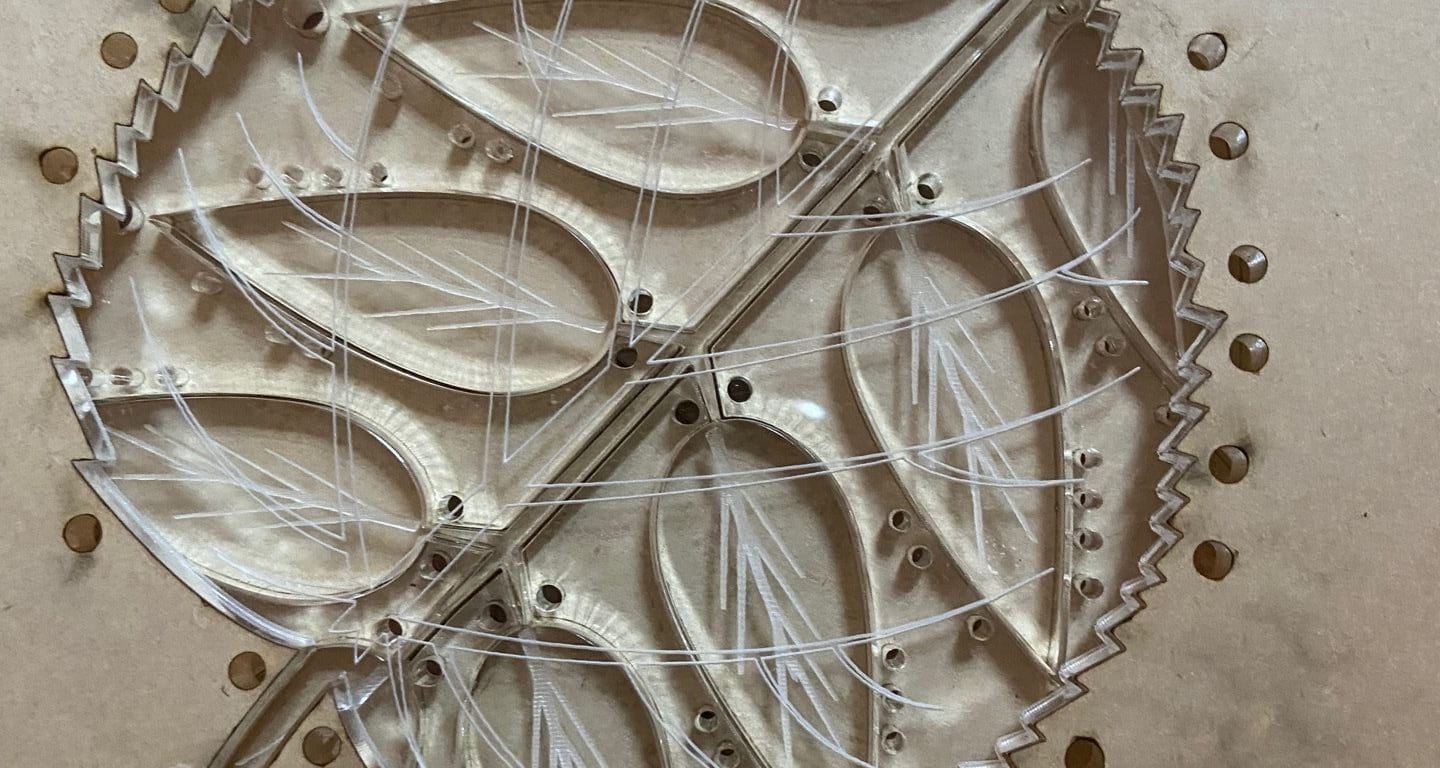Before working on prototypes, we were lucky to get time to plan and prepare for the 7 in 7 week. It allowed us to sketch our ideas, and select what we wanted to work on. I was even able to purchase and borrow materials that I did not have. These were my shortlisted ideas after brainstorming in class.Click here to see my ideation process and sketches.
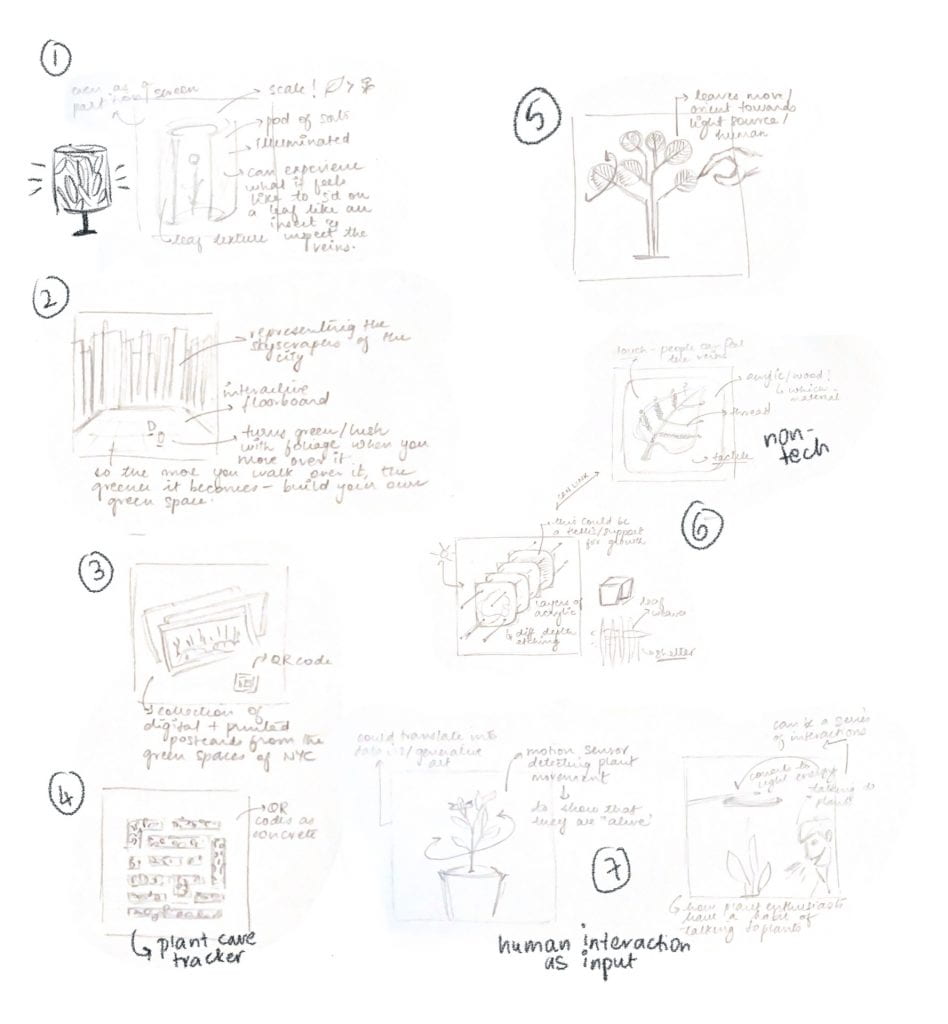
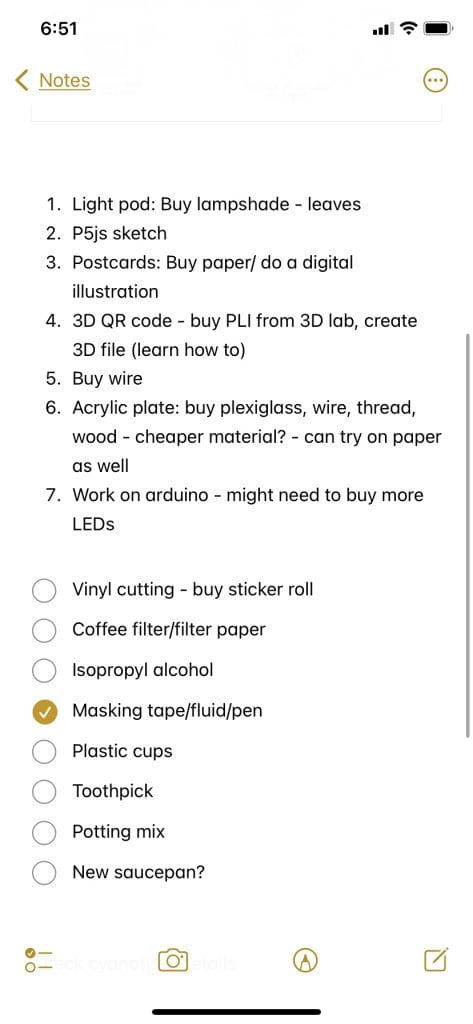
Prototype 1
Central Park can be considered the nucleus of New York City. This prototype deals with saving the park from any concrete establishments. The green rectangle and the grey grid around it represent the aerial view of the park and the surrounding streets and avenues respectively. New white blocks randomly appear within the green space that the park occupies. The user controls the keypad to move around the park and walk over these new buildings by spreading green. There can be multiple users as well, all making the park green again.
This can also be a:
- boardgame where the player can roll the dice to move left or right and then make a spot green again
- an extended desktop game (a p5.js sketch) where players can save these green blocks before a building appears and can plant trees and create paths within the park – almost like designing the park itself like Frederick Law Olmsted did any years ago.
This sketch is meant to be a larger interactive installation comprised of floorboards in a similar grid. Players can only inhabit the park space. Once a particular block within the park blink, they must run and stand on that spot to prevent a building from forming. This can even accommodate multiple players signifying that it takes the support of a community to save the park and say no to encroaching concrete.
Prototype 2
I used the laser cutter to cut panels of leaves, six different types, on a clear acrylic sheet. I played with vector cuts, raster cuts and raster engravings. Looking at these backlit leaves with and without the backing sheet produces interesting details and textures.
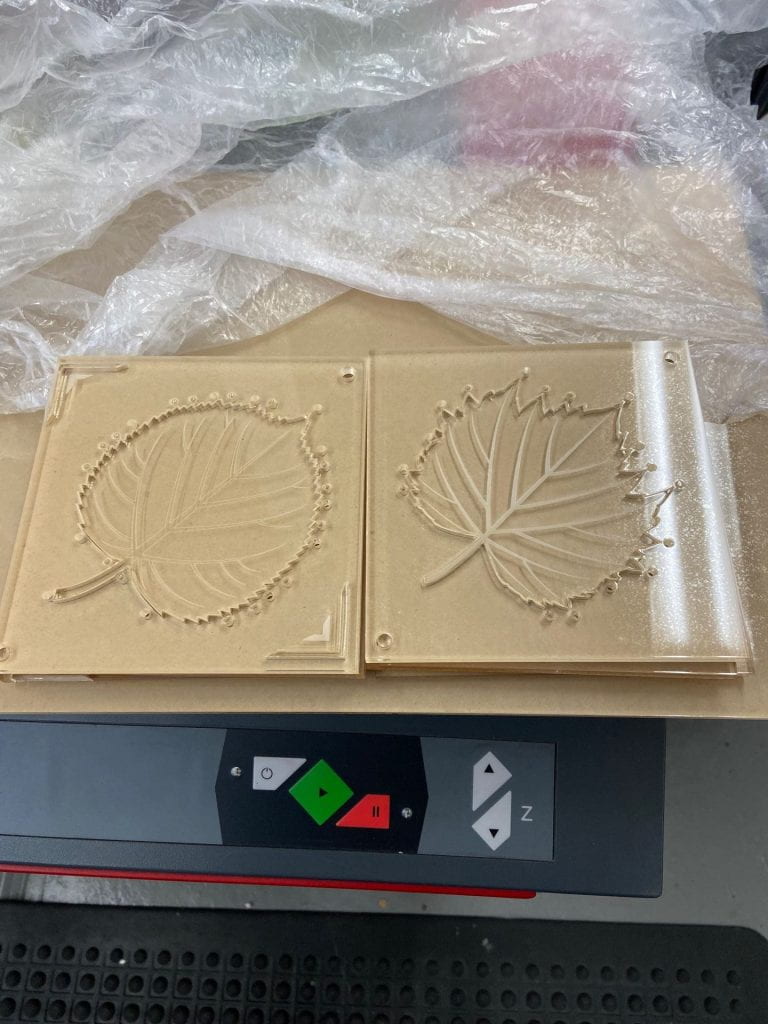
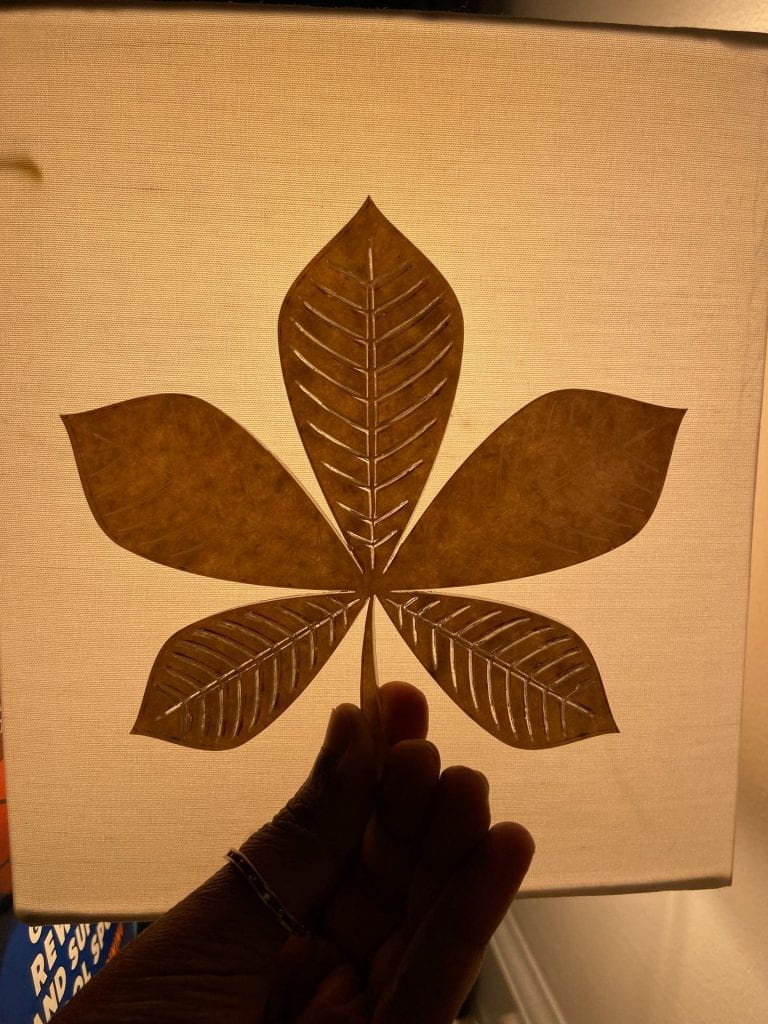
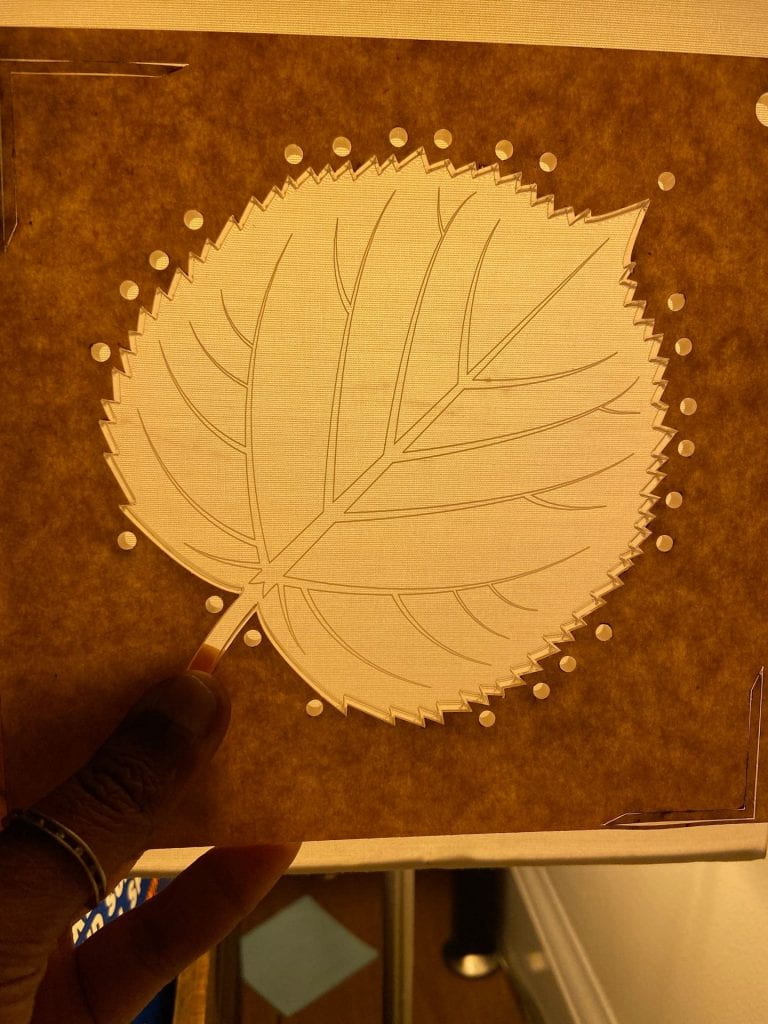
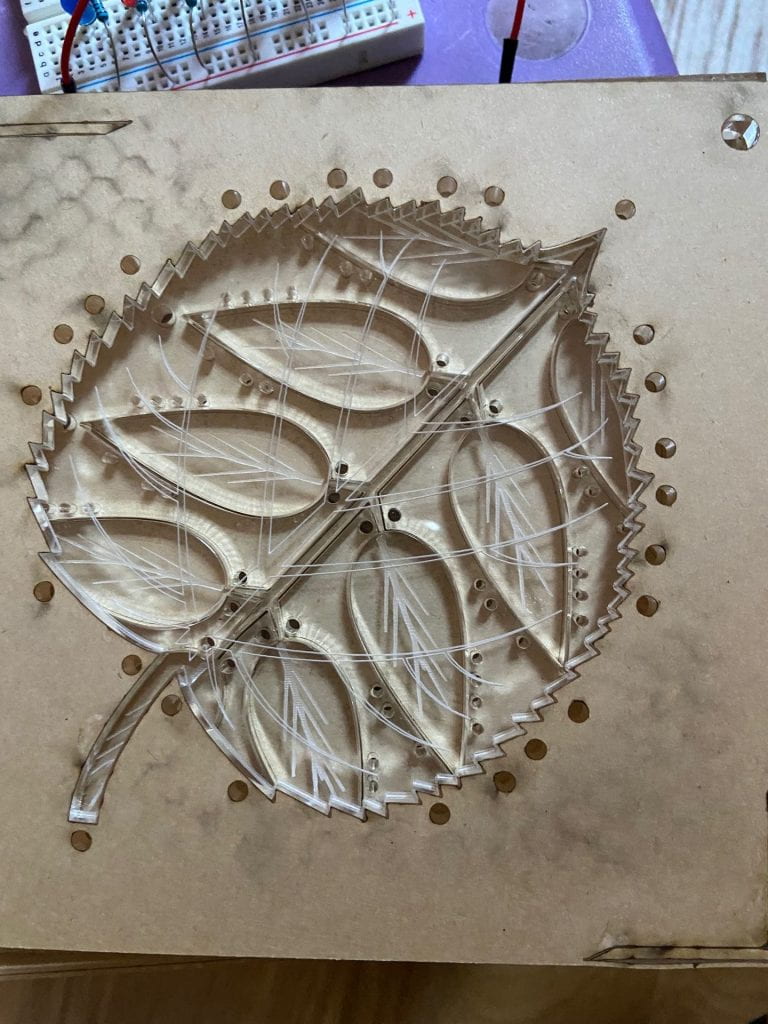
I drew little holes around the leaves in my file so I could tied thread along the veins of the leaf to reflect the ‘tactile’ quality of a leaf. This can also be down with wire. The frames can also be connected to each other to create a chime or a hanging piece.
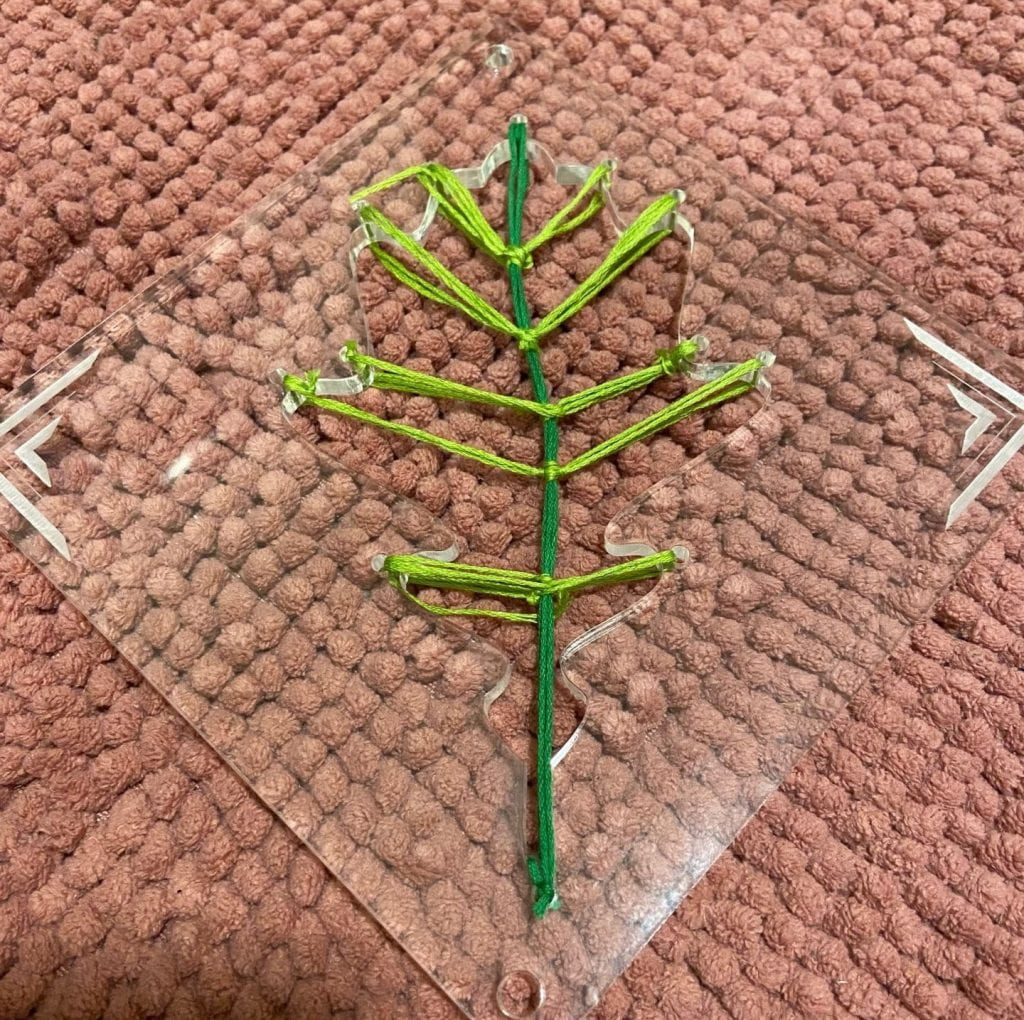
The leaves cutouts can be places against different coloured backgrounds to simulate the various colours of fall. I used risography to split a backlit leaf into three colours: yellow, fluorescent pink and metallic gold. I could also create a larger leaf made up of smaller leaves (represented by the benday dots) of different colours to give it depth and 3-dimensionality.
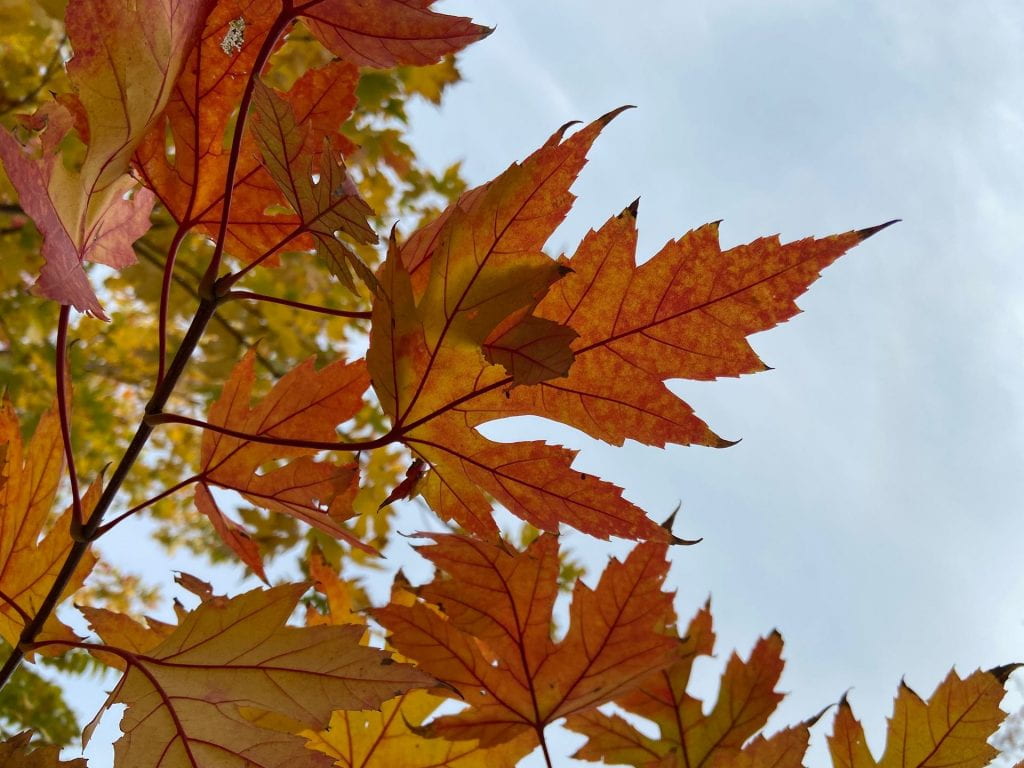
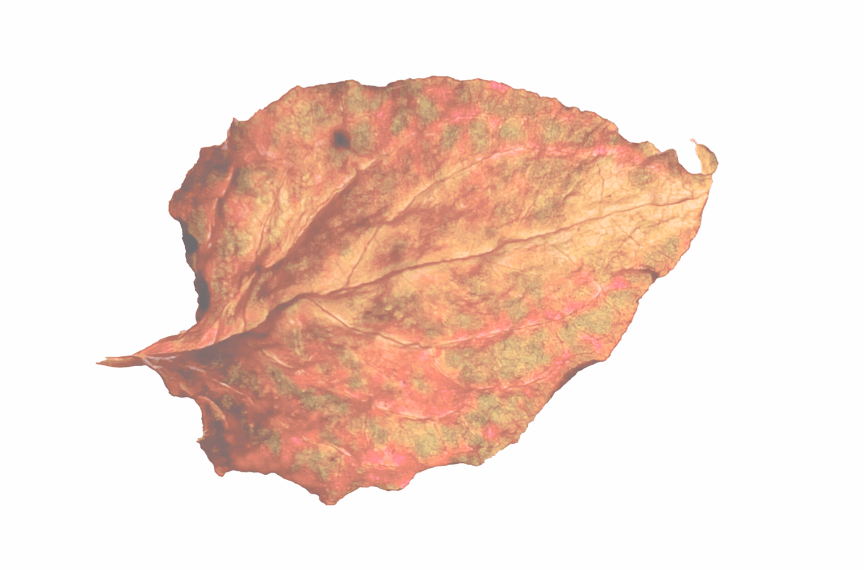
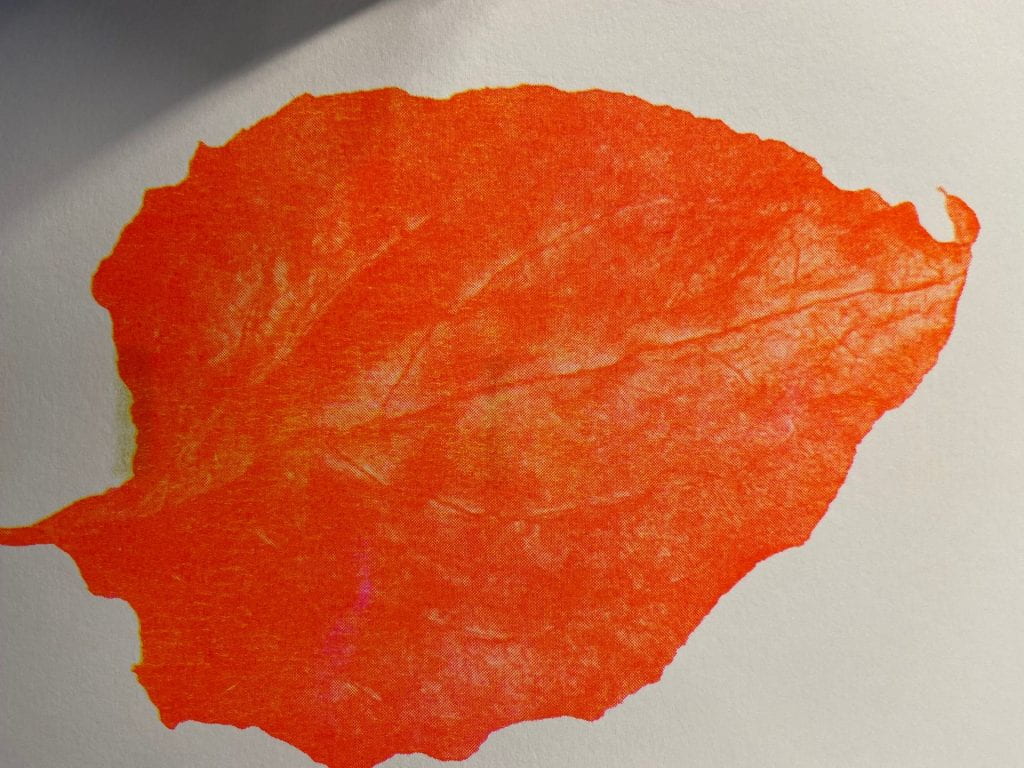
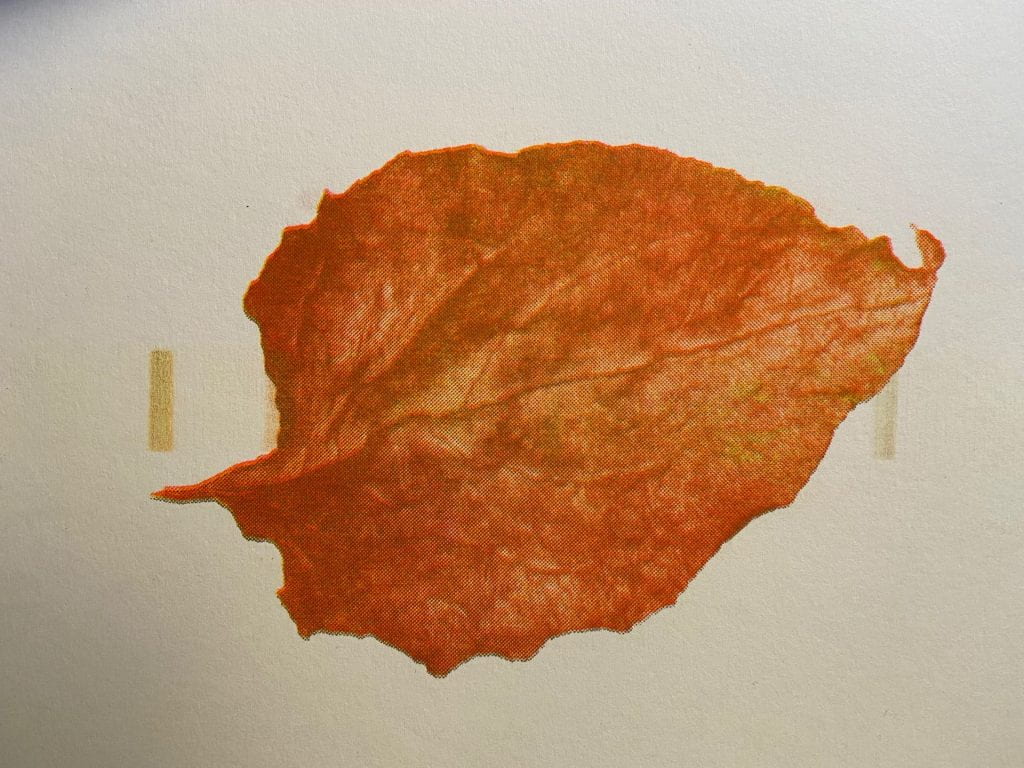
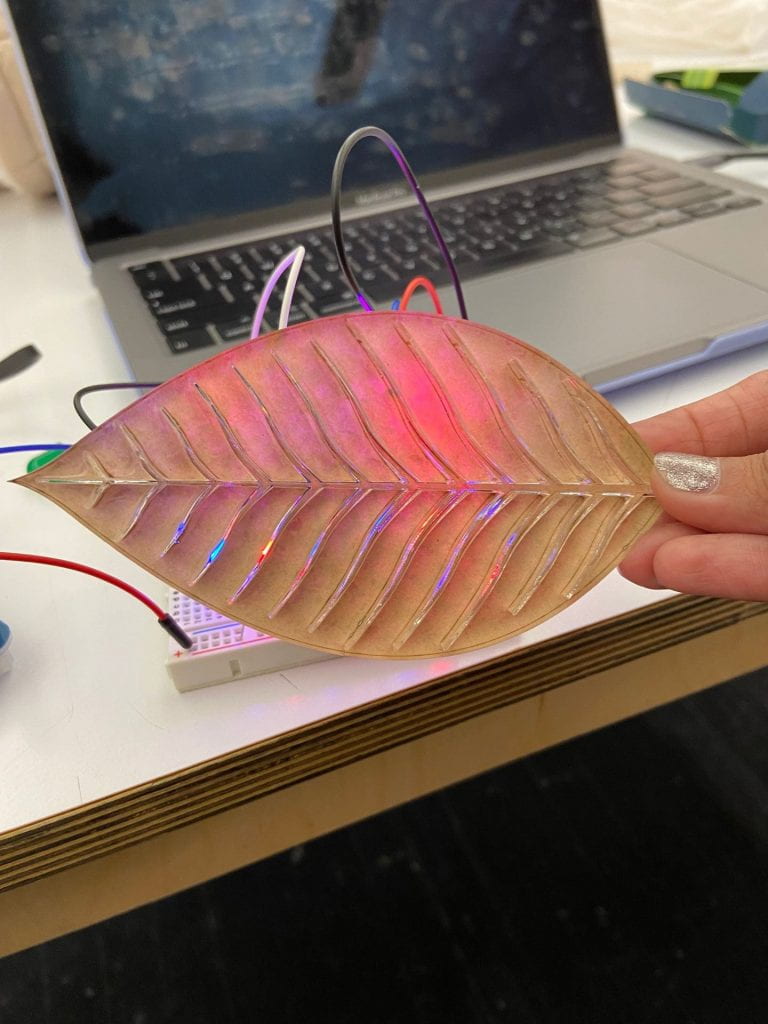
To take this further, I can work with adding various leaves as layers on coloured paper or painting the pack using acrylic, inks or gel. Even tissue soaked in watercolour or ink could produce interesting effects.
Prototype 3
You know how plant lovers talk to their plants? This prototype is based on that nurturing quality, love and care, while also emphasising that plants need humans, a fact commonly overlooked. I used an arduino to connect to a breadboard with a row of red and blue LEDs just like indoor plant lights have. This is what produces the pink colour.
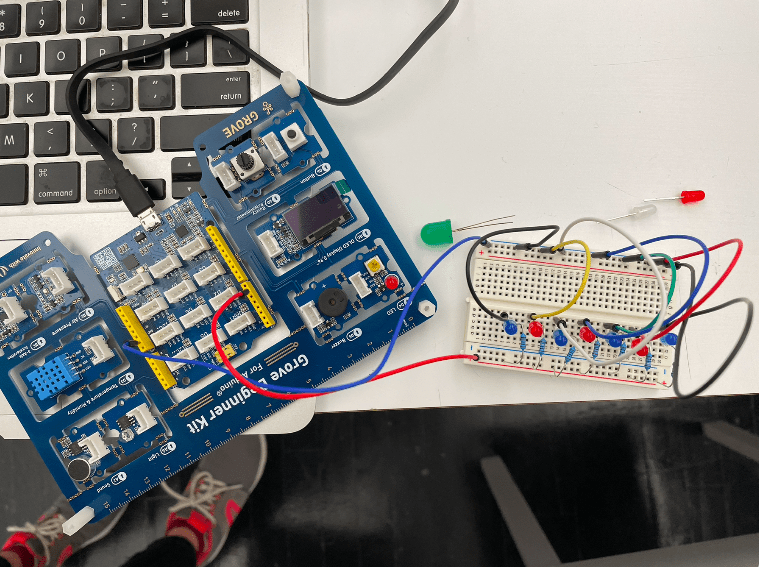

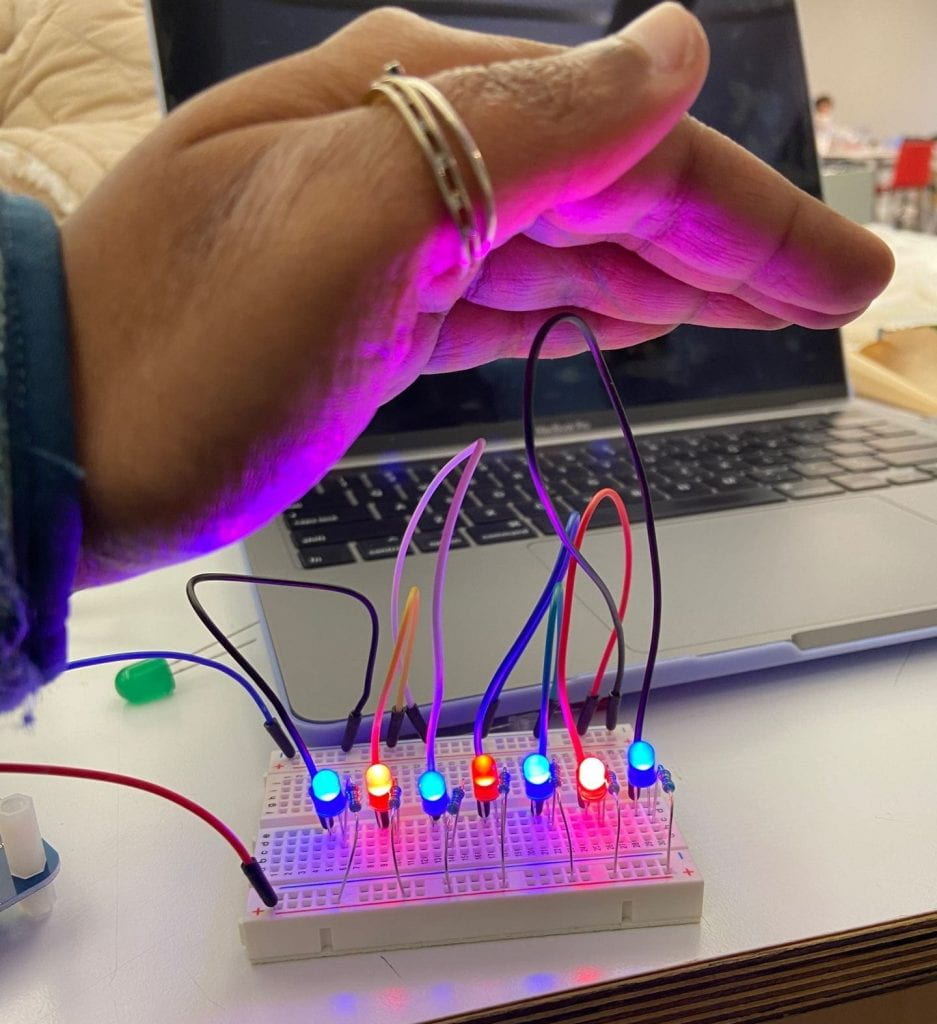
Whenever someone talks, sings, or even plays music for the plant, the LEDs begin to glow – giving the plant one of its essentials – light. To see this in action, click here. Moreover, the act of talking to plants itself helps them grow (similar to how we talk to babies) Some research states that growth is stimulated because of the carbon dioxide produced/exhaled by humans when people speak.
I also tested the laser cut leaves against the LEDs.
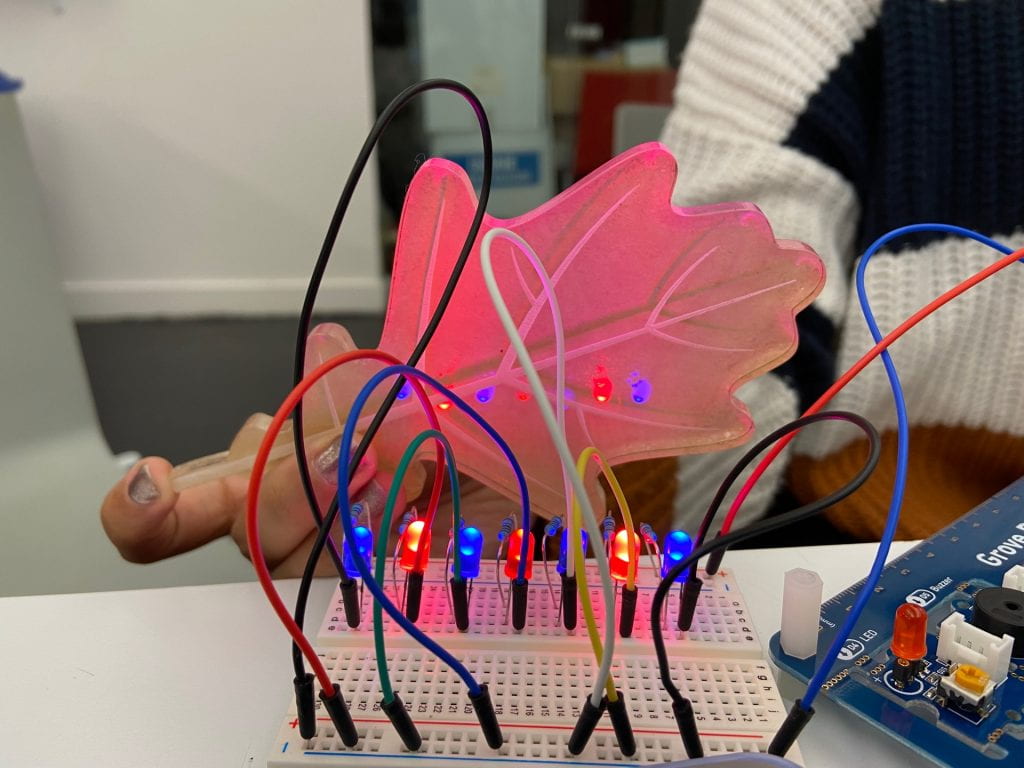
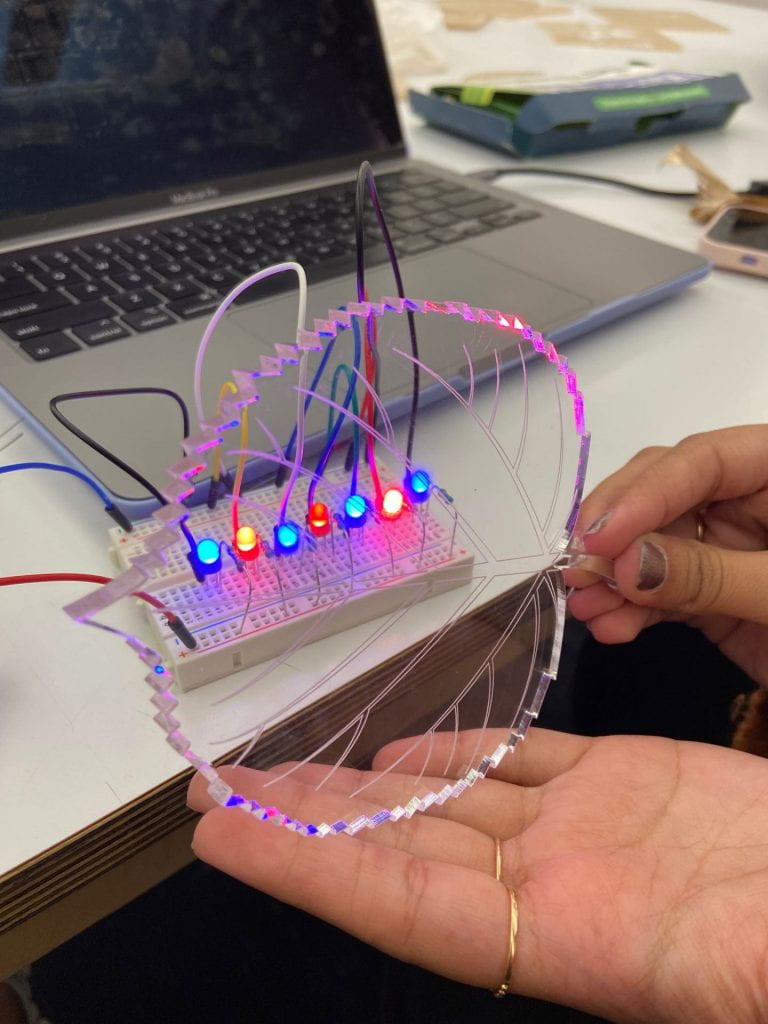
I could experiment with a series of different interactions, not just audio or sound. Could human movement around the plant trigger another factor – maybe the amount of water being added to the soil? The mere human -plant proximity could ensure that they receive water. I am trying to imagine would this could mean for public plants: every time someone passes, the plant is watered (limited only till the soil begins draining to prevent overwatering)
Prototype 4
I created plant-based dyes by extracting chlorophyll from leaves and using beets, purple cabbage, turmeric and onion peels.
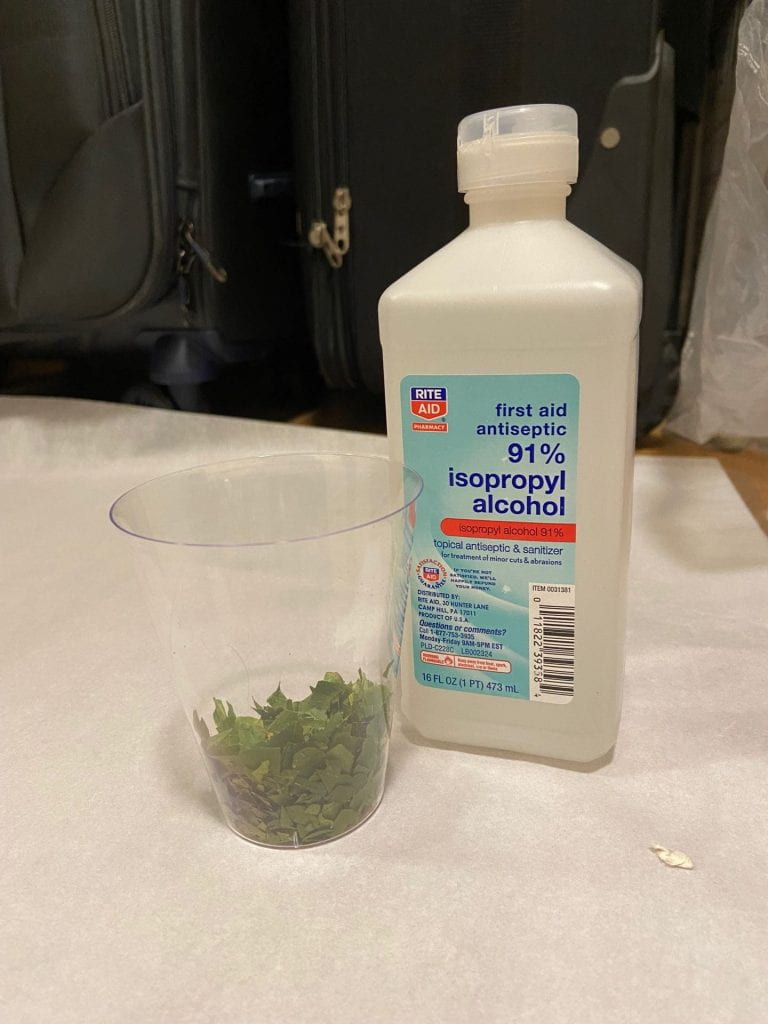
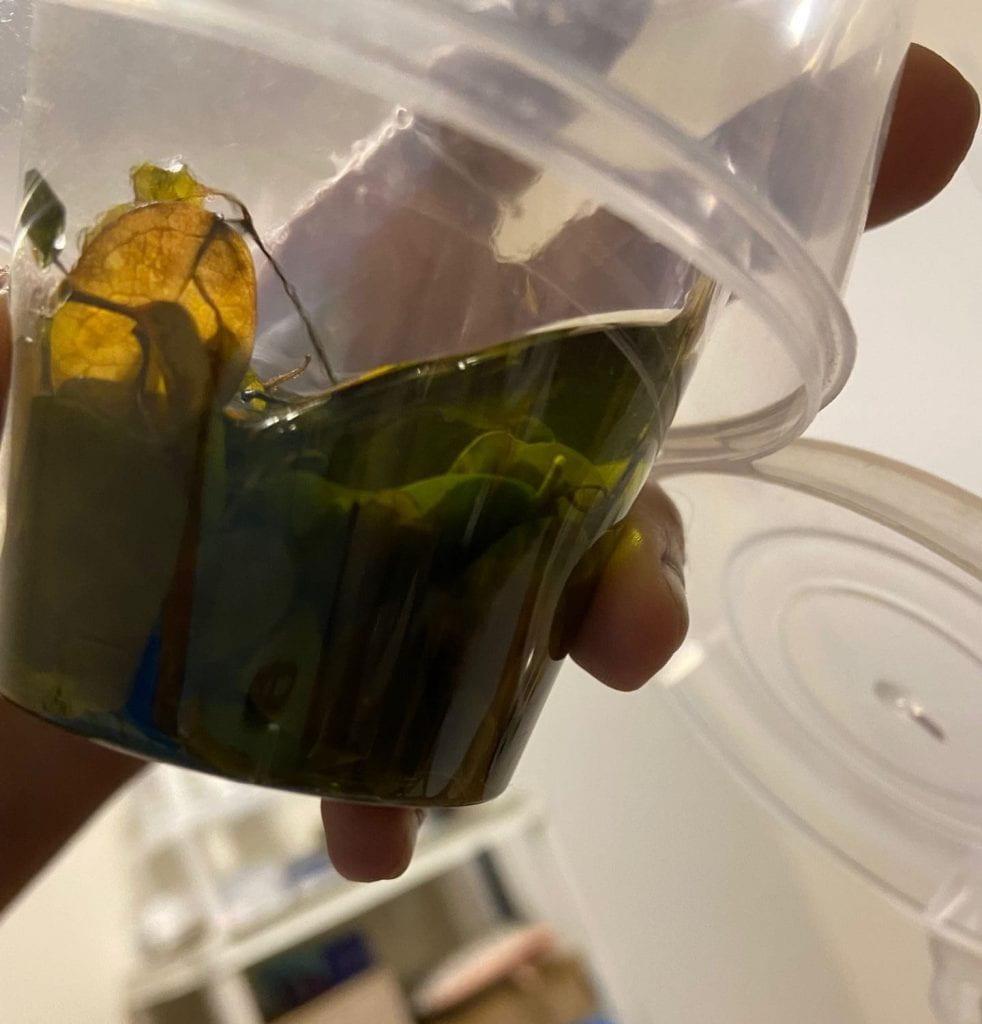
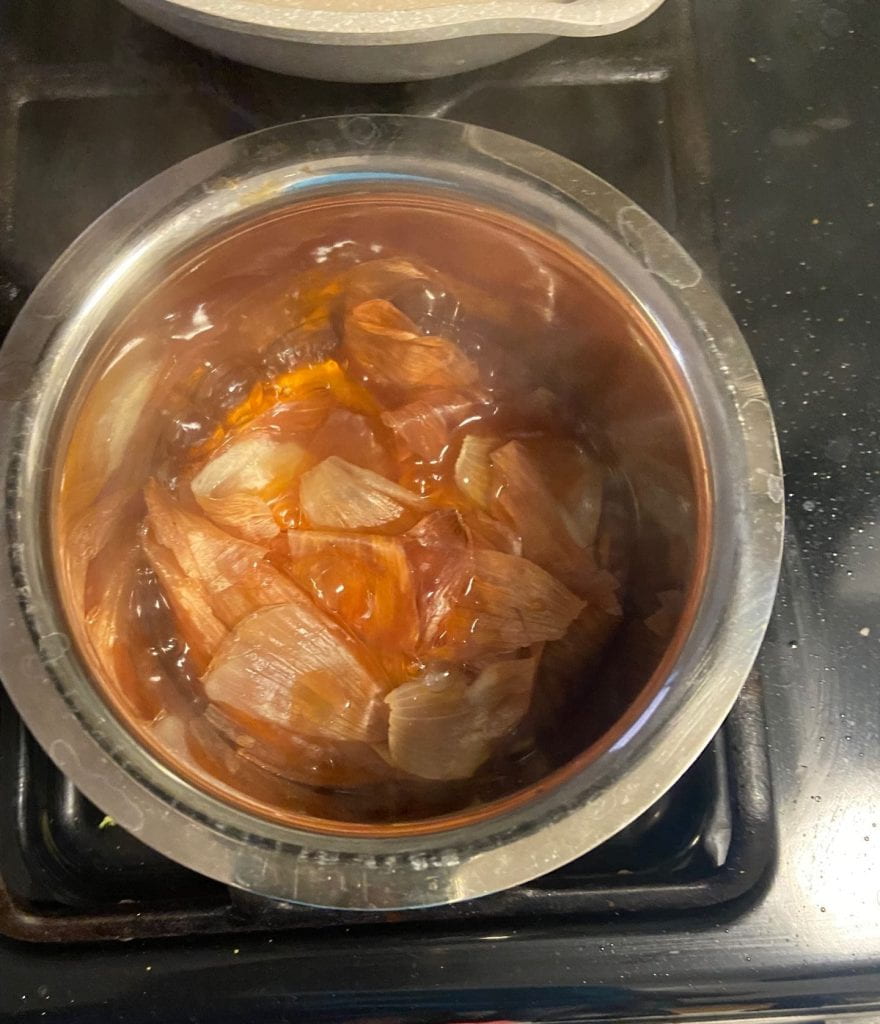
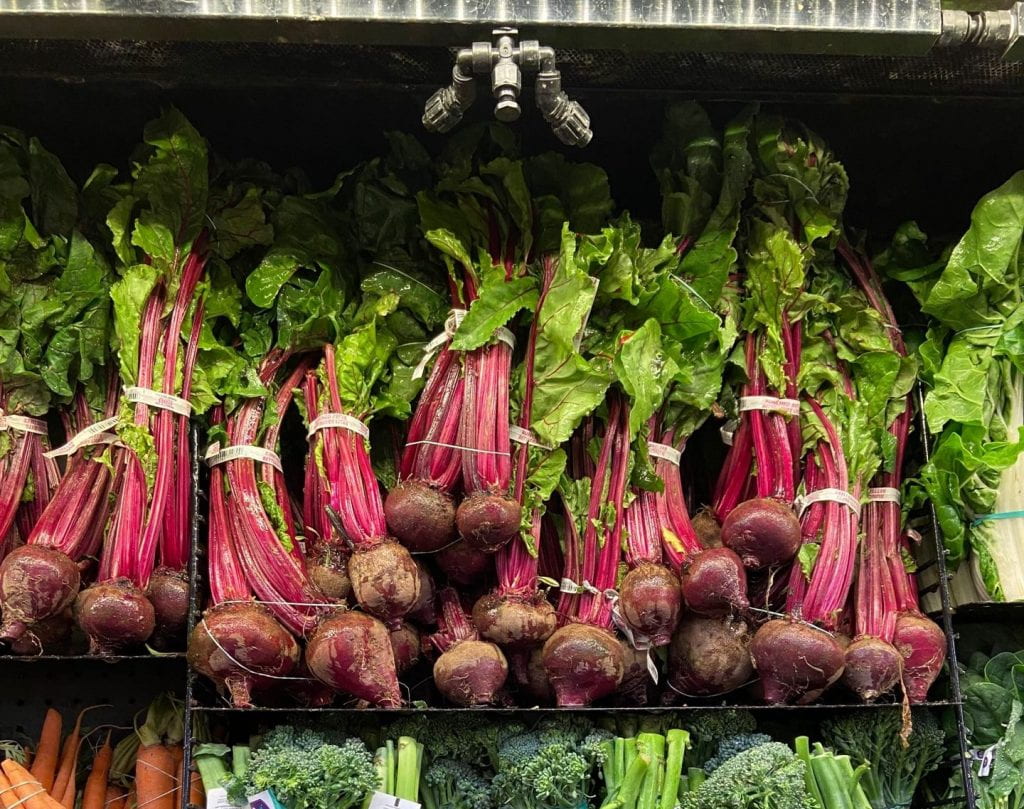
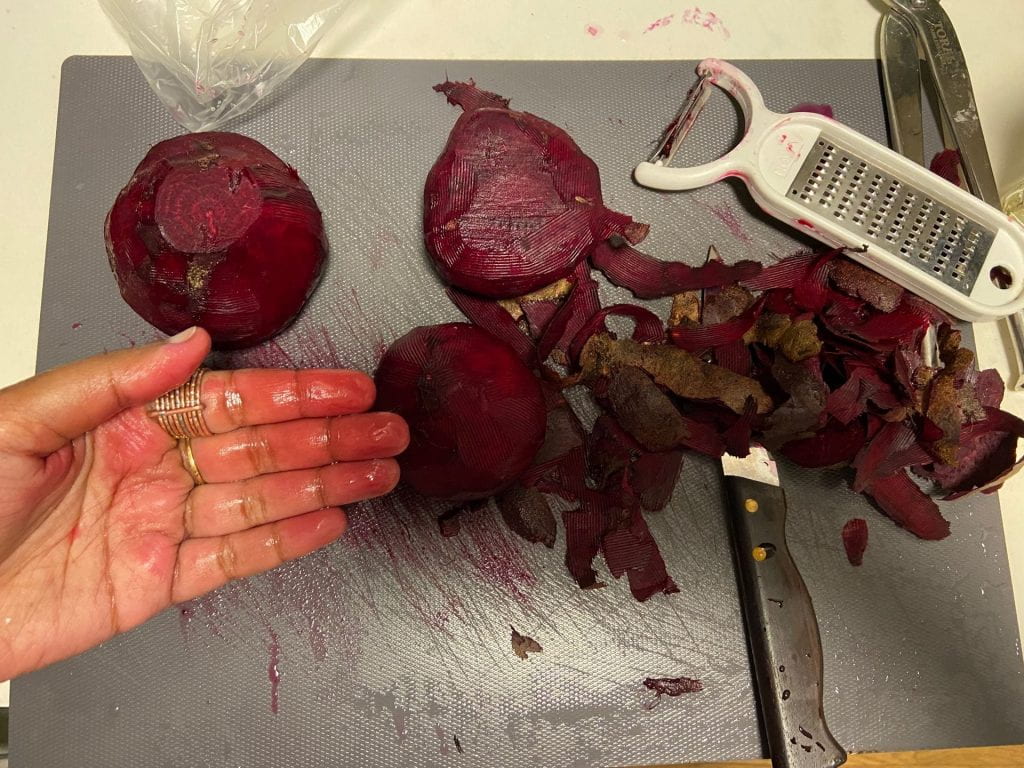

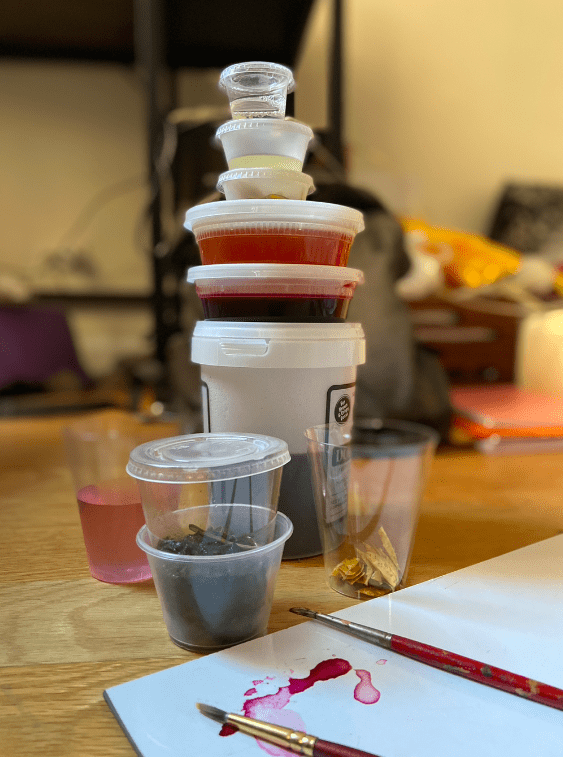
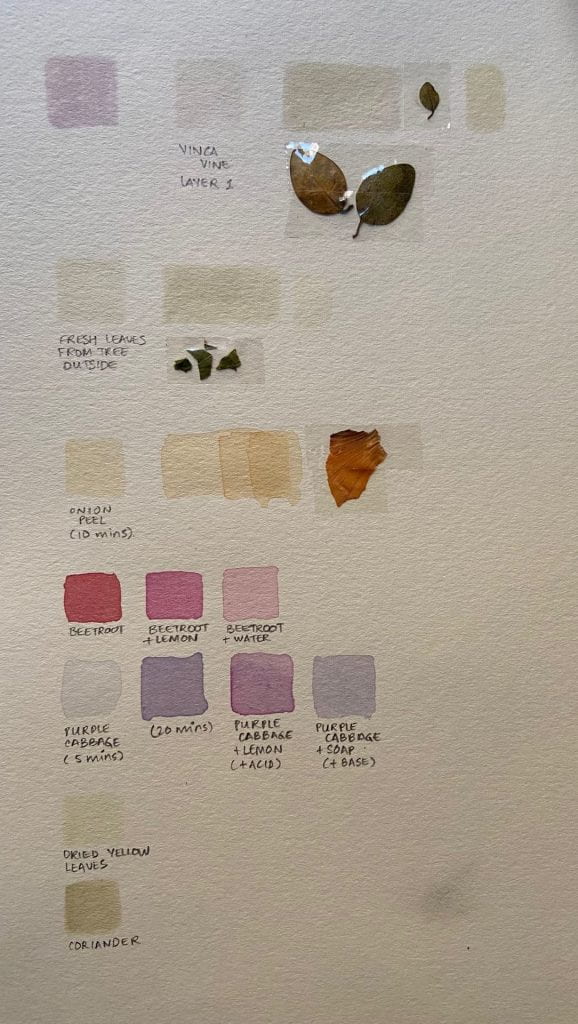
My idea is to use these natural dyes to create a series of postcards, each representing a secret garden in the city. Many of these lie in the East Village, known only to residents around the neighbourhood. Over the years, a number of these gardens have been replaces by buildings, especially luxury apartments. Using natural colours that will fade over time signifies that these gardens are getting ‘lost’ over time.
When I visited these gardens I took a lot of pictures. Using them as inspiration I tried incorporating the uniqueness of the garden, either via sculpture, seating, particular plants or architectural elements, in the post card. I used Creative Little Garden as an example for this prototype.
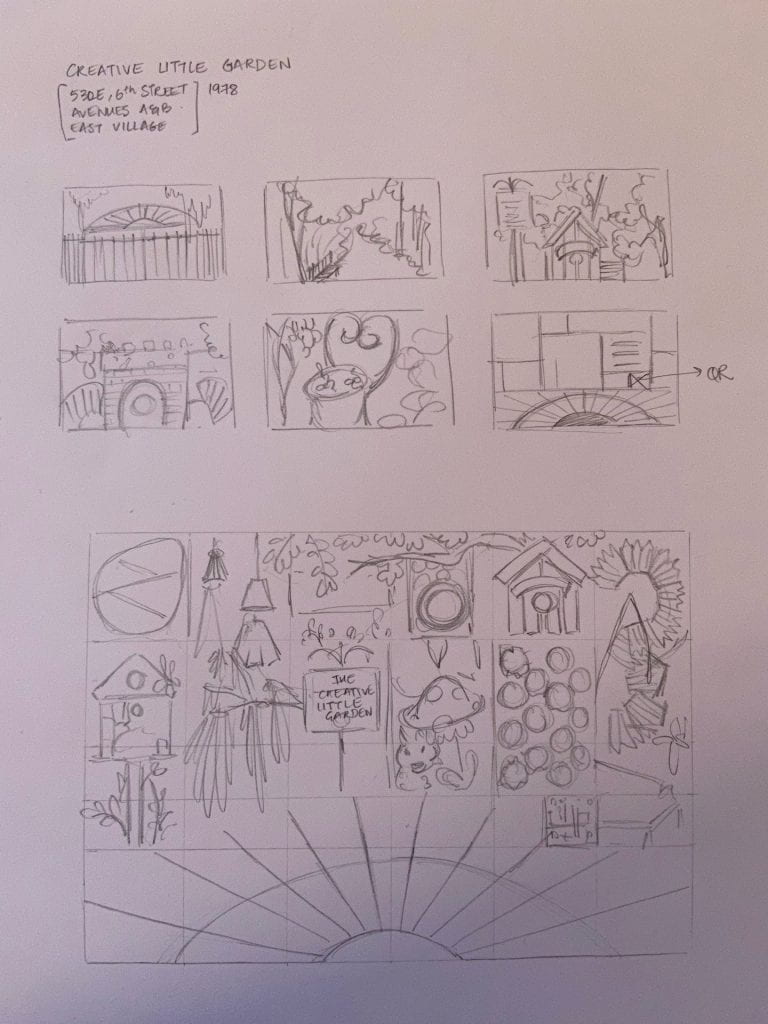
When the QR code in the postcard is scanned, it takes you to the park website.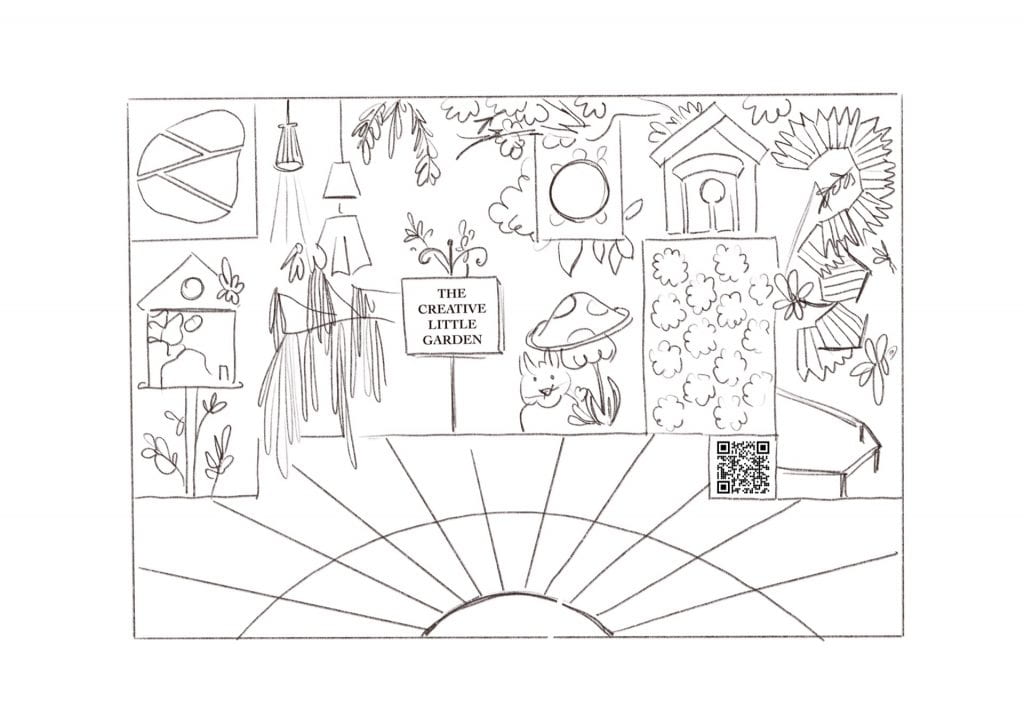
Prototype 5
Inspired by how the sun hits the leaves to make them glow, I wanted to create a cylindrical pod with its surface filled with backlit leaves. I began collecting different kinds of leaves from around the city. I even stuck some of them against my window to see how they looked against light.
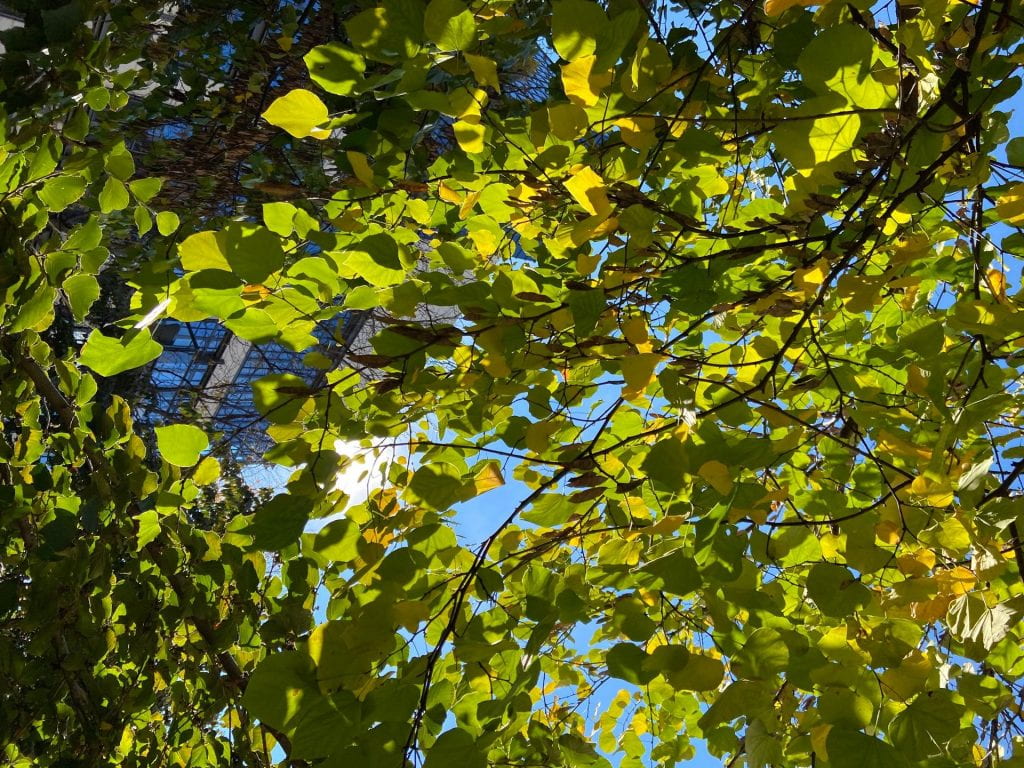
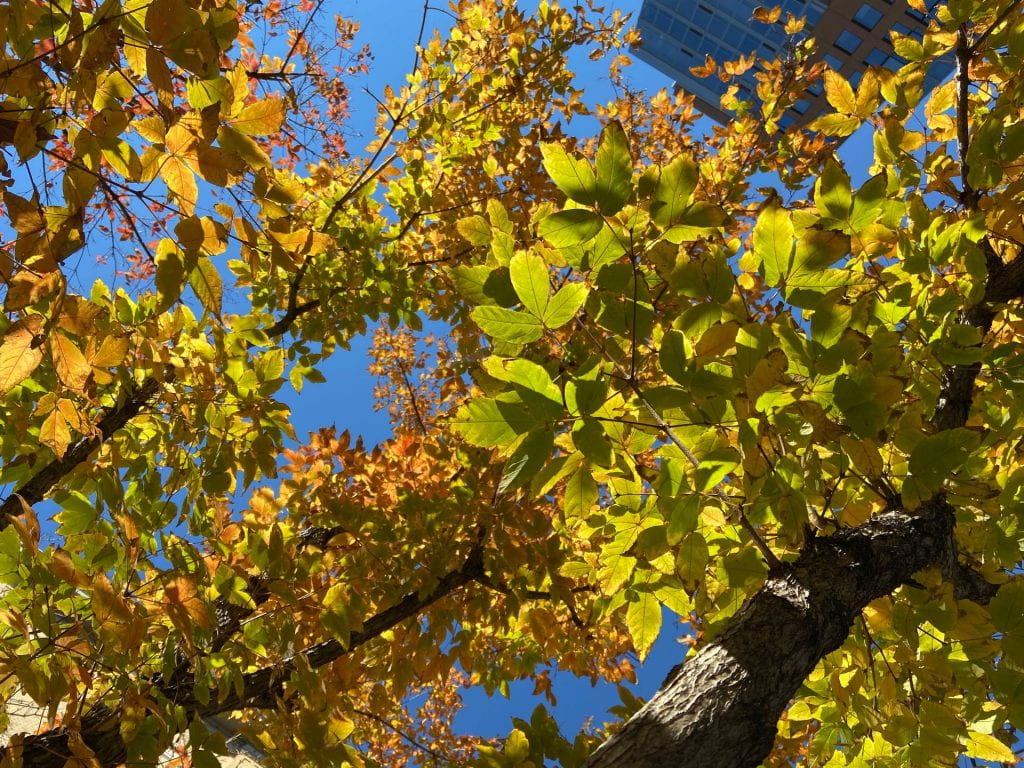
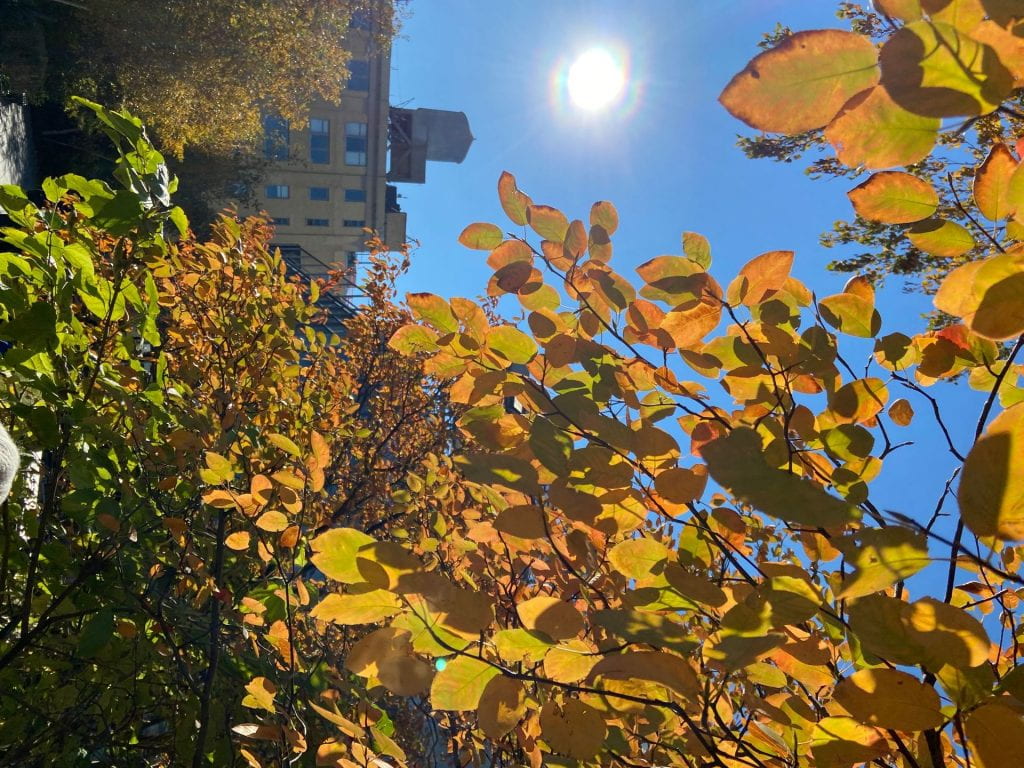
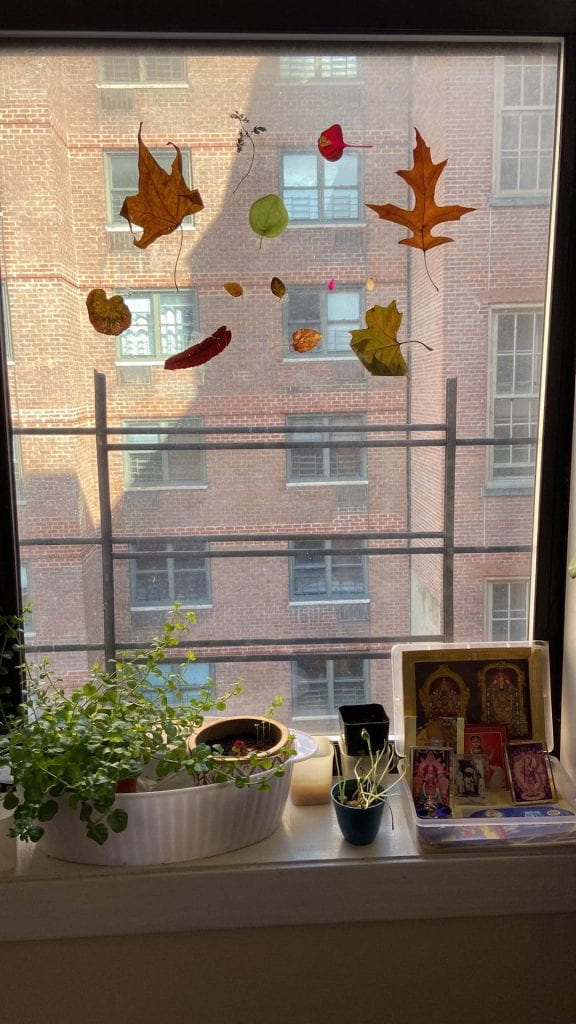
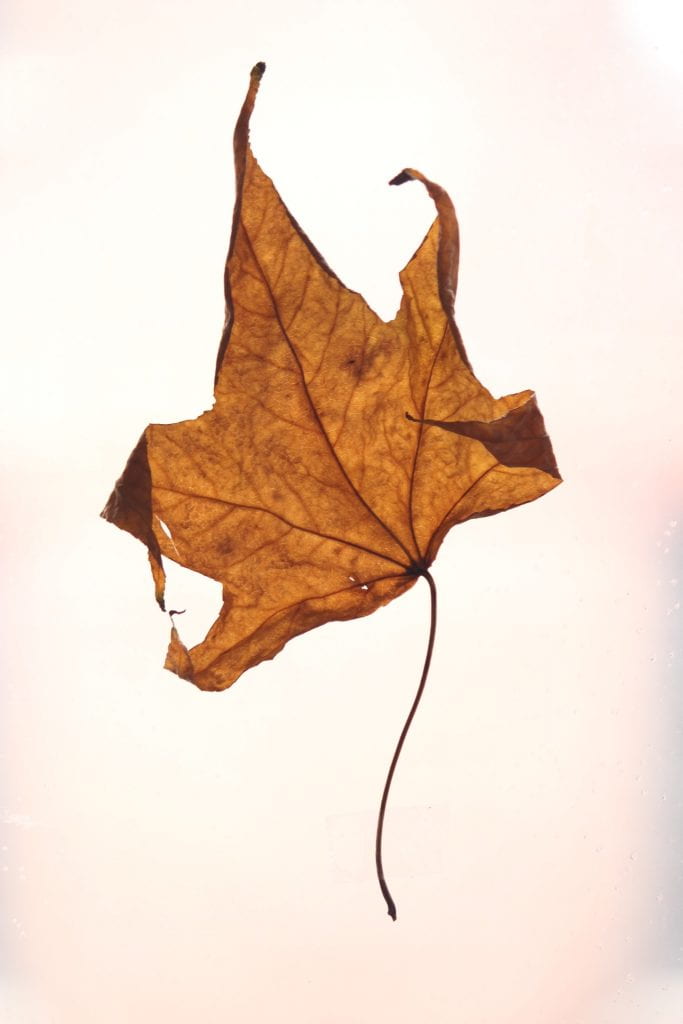
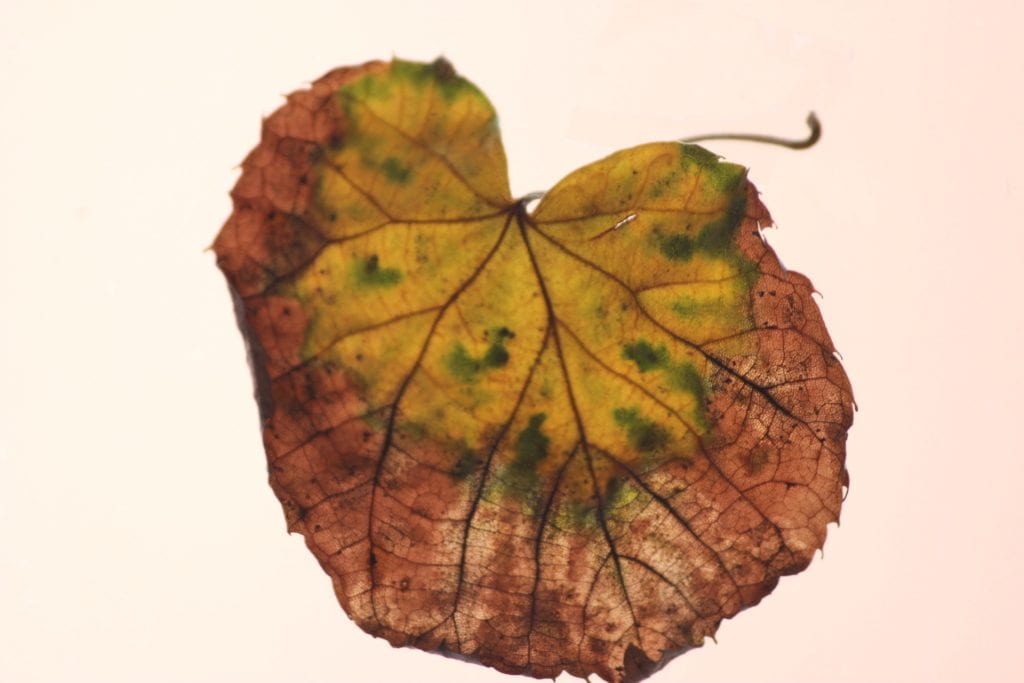
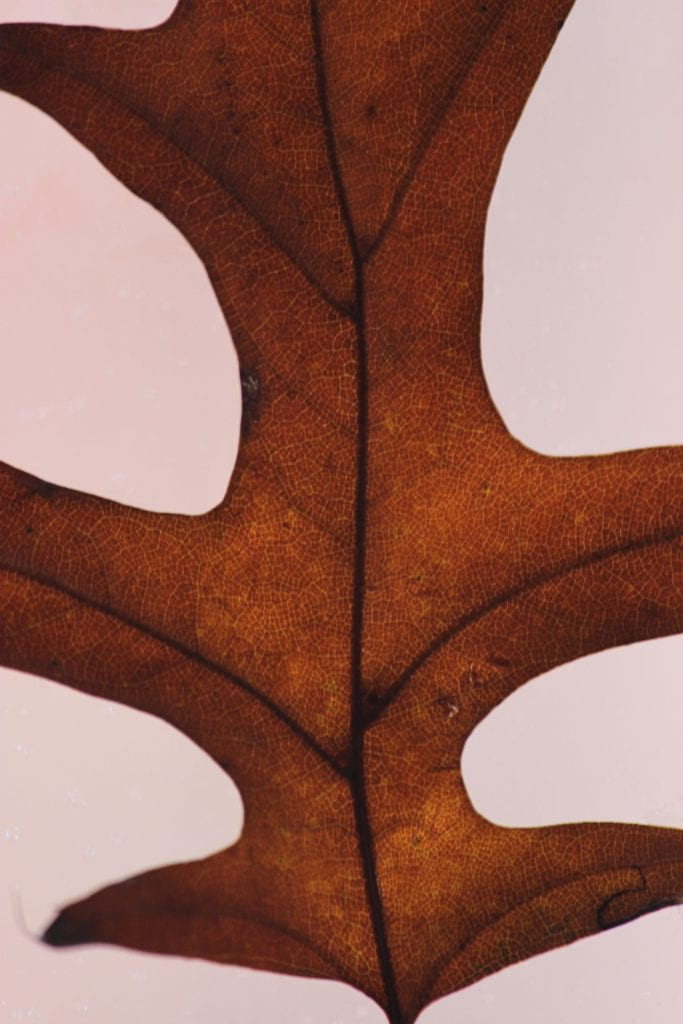
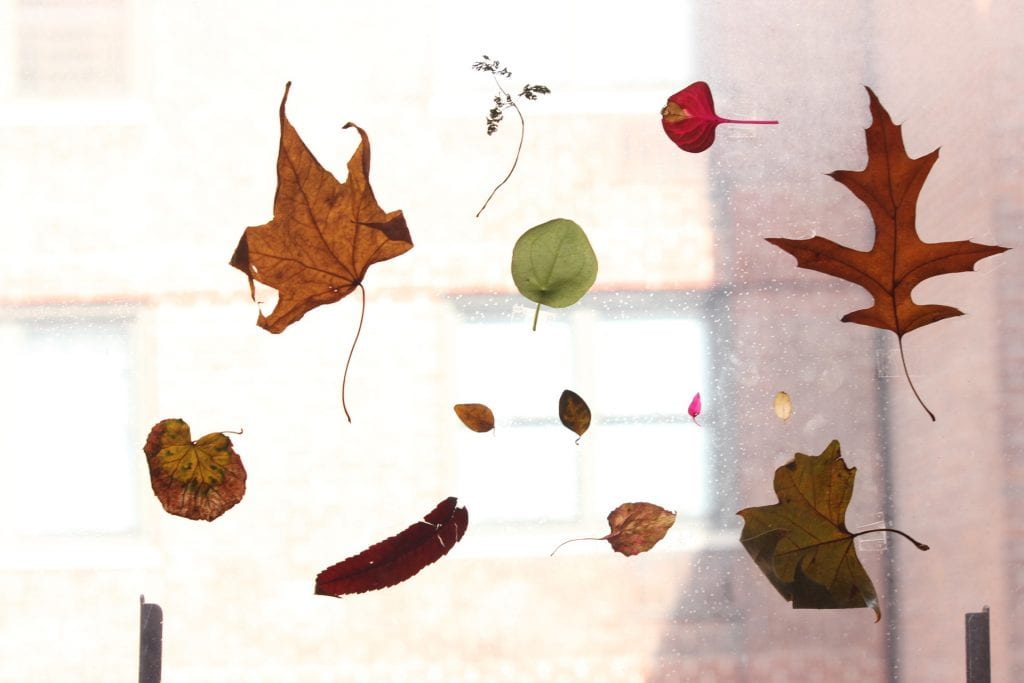
Using clear OHP sheets, I built a cylinder to which I carefully pinned and taped leaves. I removed my lampshade and used this leaf cylinder instead. I want to take the further by creating a similar life-size cylindrical pod. One can enter and get a 360 degree view of backlit leaves, almost like the point of view of a bug or insect perched on the leaves of a high branch.
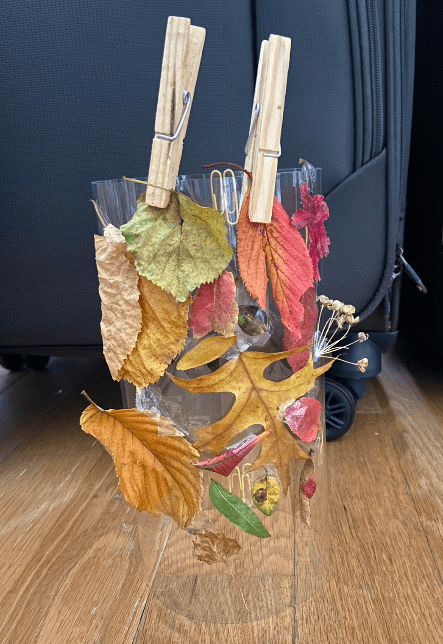
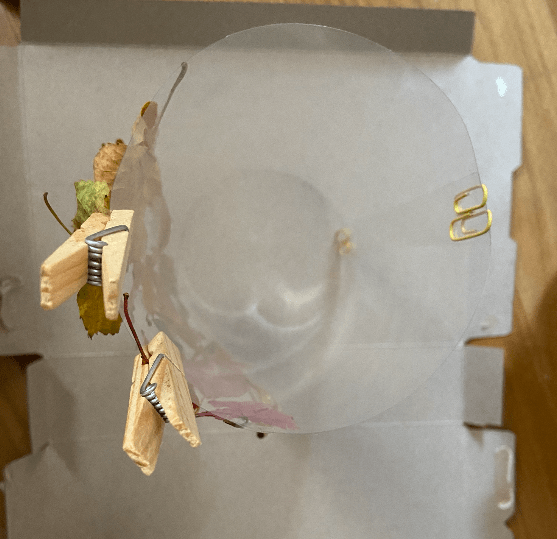
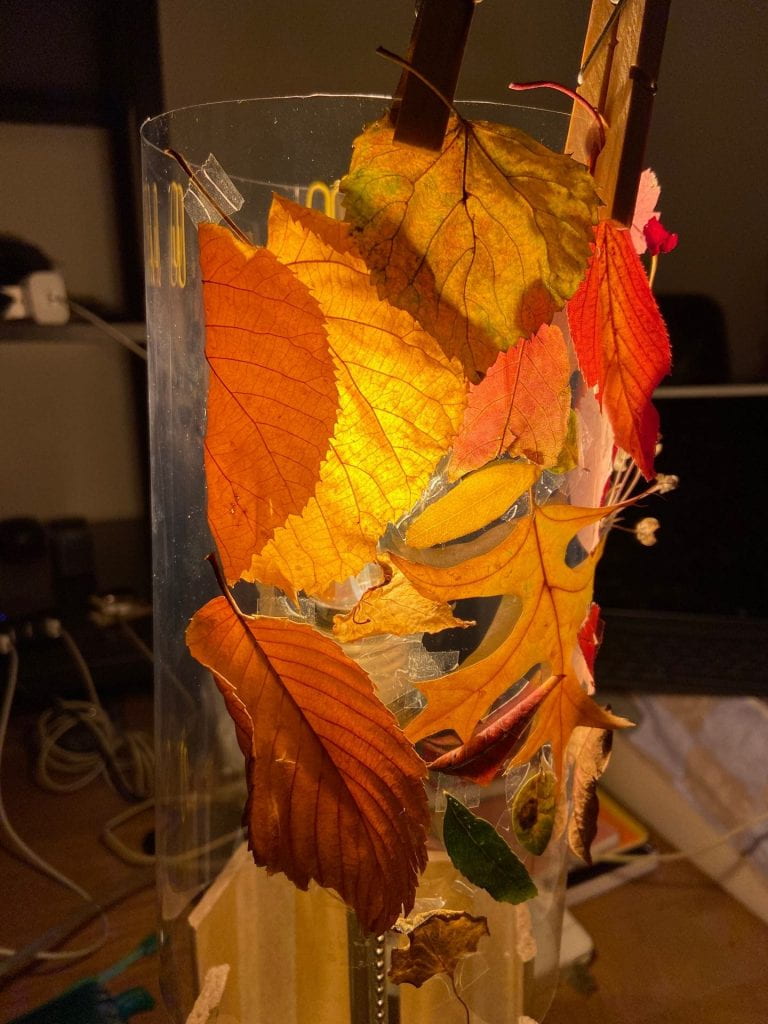
You can view the video here.
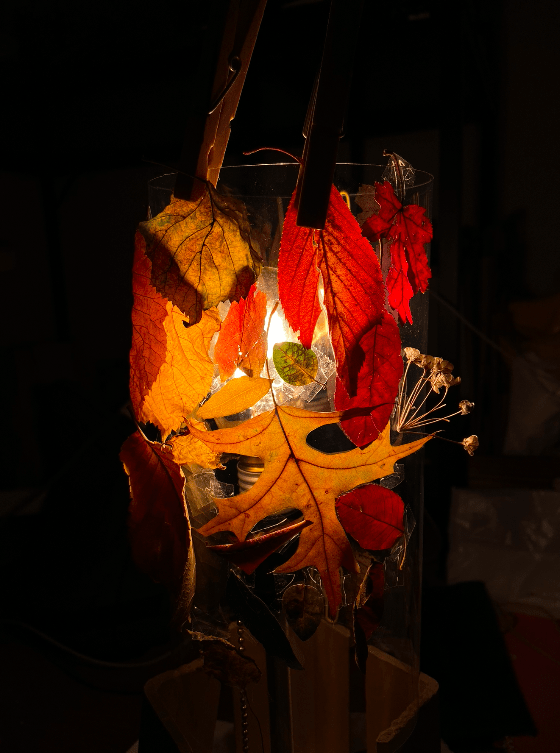
Prototype 6
I wanted to have a planter box in the shape of a QR code. This is a rough take on how it would look. This could also be small or large scale table top planter or a wall mural. The finer details of the QR code could be replaced with pebbles or stones, giving the user a unique statement piece for their home.
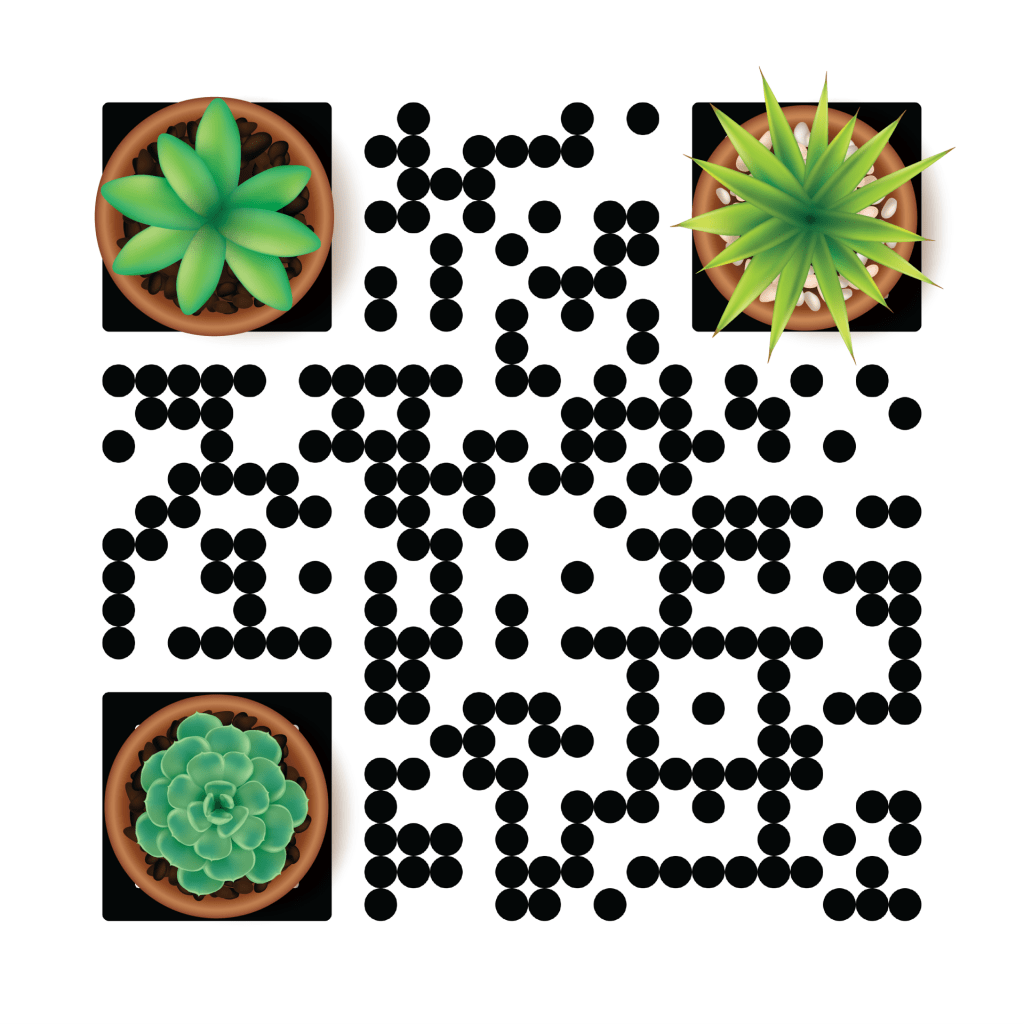
When scanned, this opens a plant care and growth app that allows the user to track the various plants in their indoor or outdoor garden (or both). Along with the app, the user can also request tracker devices such as keychains wearables like bracelets, earrings or even pendants that light up or beep when it is time to water a plant or care is overdue. These devices can be customisable. For the prototype, I created a leaf-shaped keychain using wire.
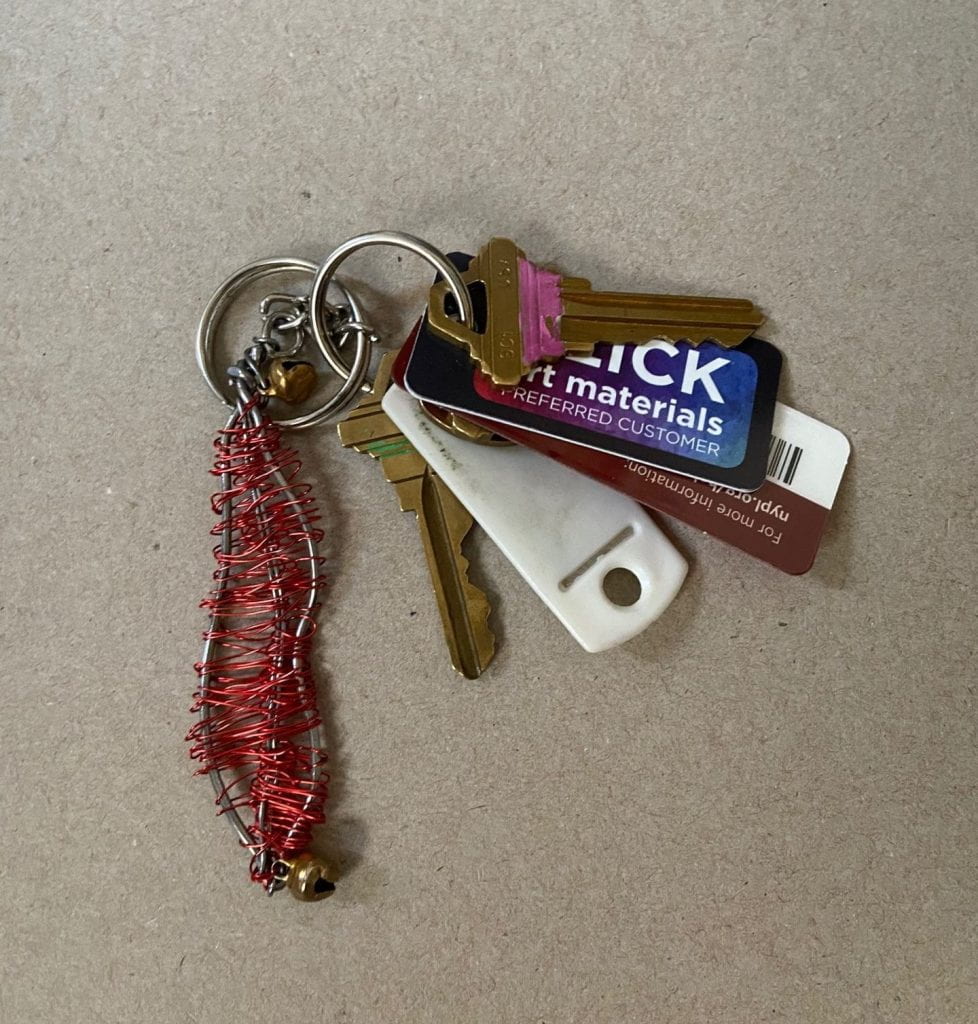
Some features of the app:
- can track when to water, fertilise or trim the plants and light intensity
- control the various tracking devices
- view your plants through a nanny cam
- view where your plants are placed (which room) and if they need to be moved to a more optimal position.
- view possible future plants and map where they could be placed
- map the movement of your plant over time
- repotting and propagation instructions and tips
- plant identification system
- access to a free plant swap or exchange with other users of the app
- access to recipes using leaves from your plant (like ones that use herbs)
- hire plant sitters
- maintain a plant journal – this could be either digital or physical (with plant stickers)
- map and identify the plants in public spaces around you.
Prototype 7
This is an interactive piece with the straws and cut paper representing the stem/branch and leaves respectively. When someone approaches the plant, the stem grows in height and tilts and rotates according to the finger position. For those who don’t have space for a plant or a suitable apartment layout with required light, a product like this could act as a pseudo-plant – interacting with you if you interact with it.
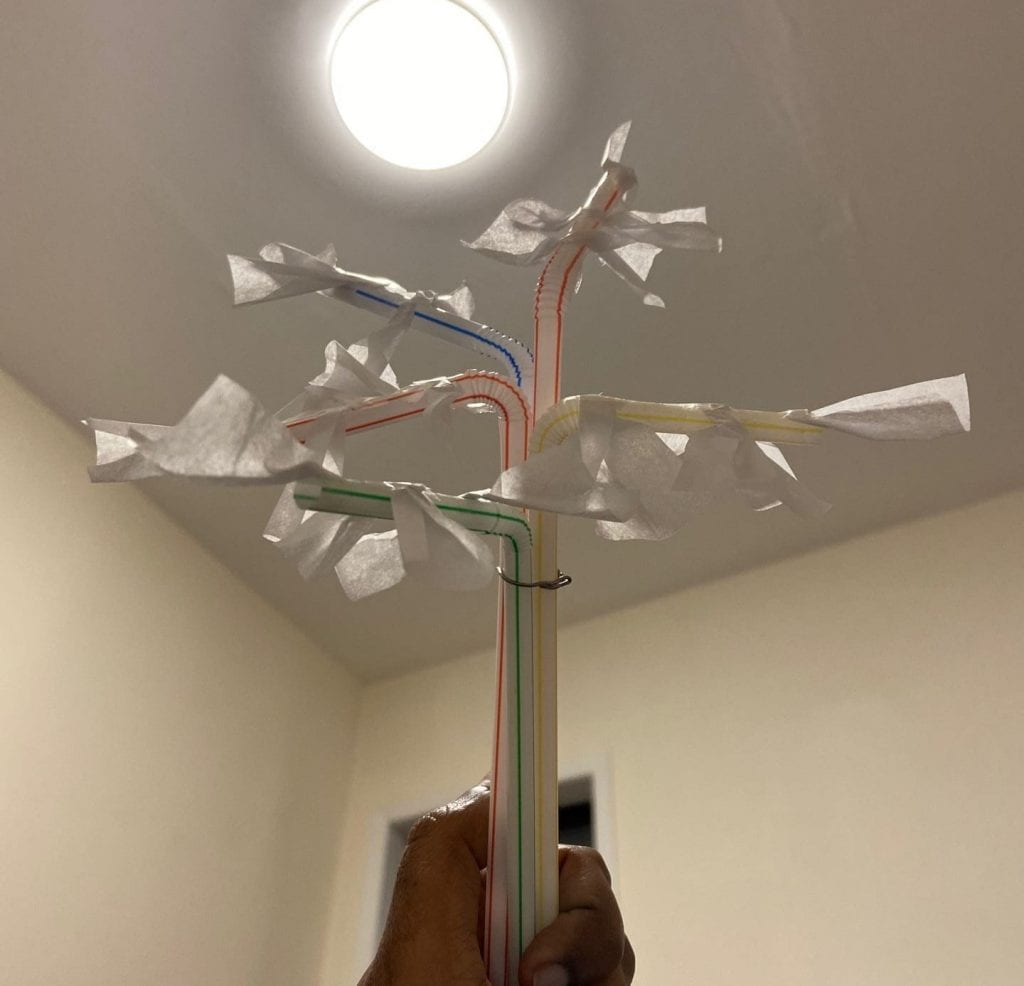
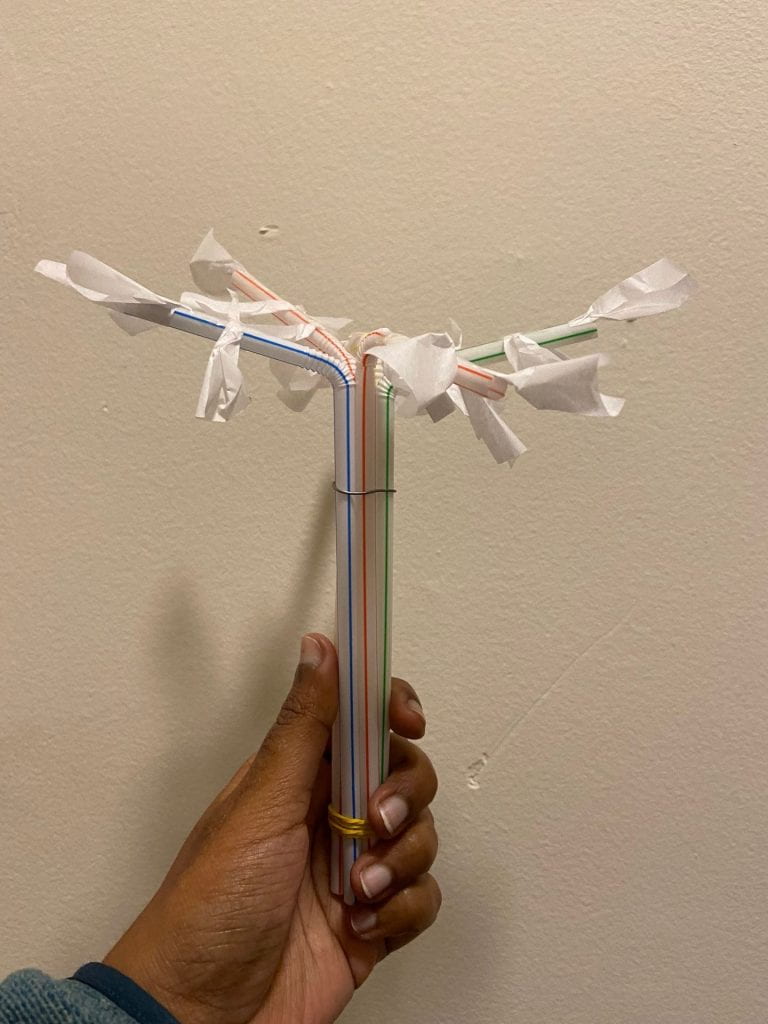
This could be a modular customisable system comprised of smaller elements or pieces. The user could build their own system depending on the amount of space available to them.
